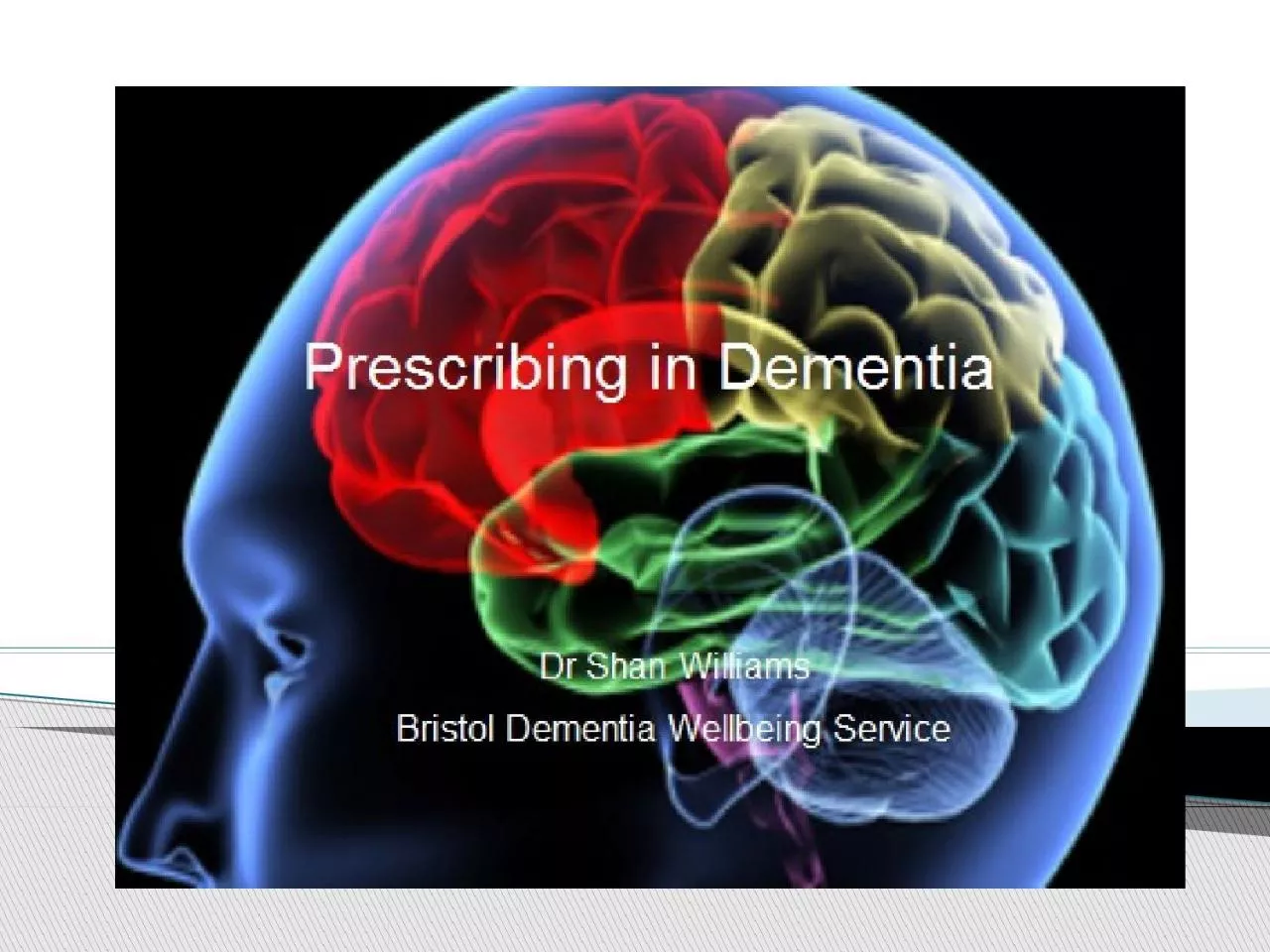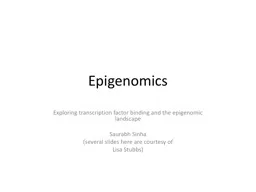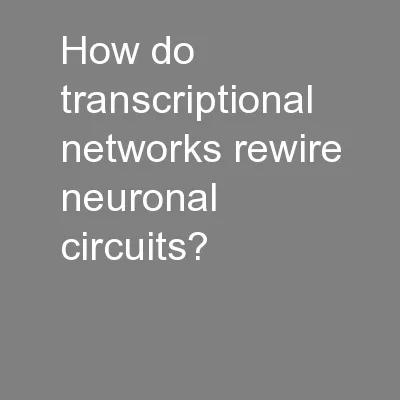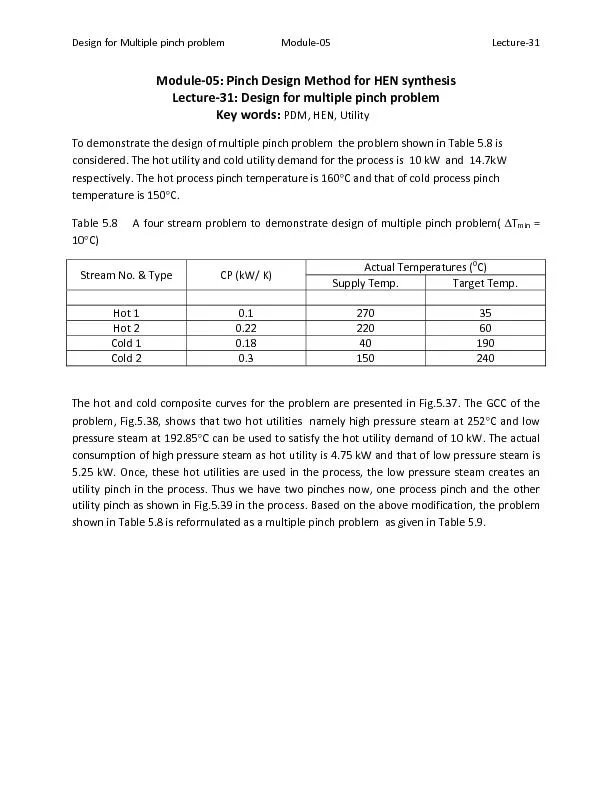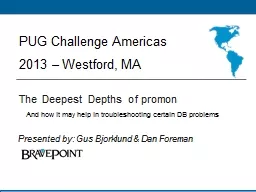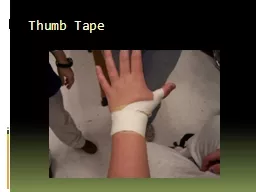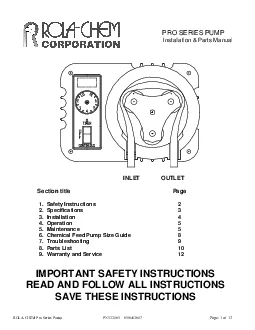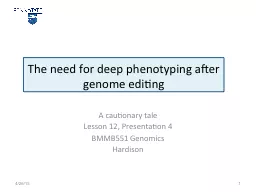PPT-Cognitive enhancers PINCH ME
Author : badra | Published Date : 2024-03-15
Anticholinergic burden BPSD Agitation Aggression and antipsychotics Areas covered today 2 types Cholinesterase inhibitors licensed for mild to moderate AD Donepezil
Presentation Embed Code
Download Presentation
Download Presentation The PPT/PDF document "Cognitive enhancers PINCH ME" is the property of its rightful owner. Permission is granted to download and print the materials on this website for personal, non-commercial use only, and to display it on your personal computer provided you do not modify the materials and that you retain all copyright notices contained in the materials. By downloading content from our website, you accept the terms of this agreement.
Cognitive enhancers PINCH ME: Transcript
Download Rules Of Document
"Cognitive enhancers PINCH ME"The content belongs to its owner. You may download and print it for personal use, without modification, and keep all copyright notices. By downloading, you agree to these terms.
Related Documents

